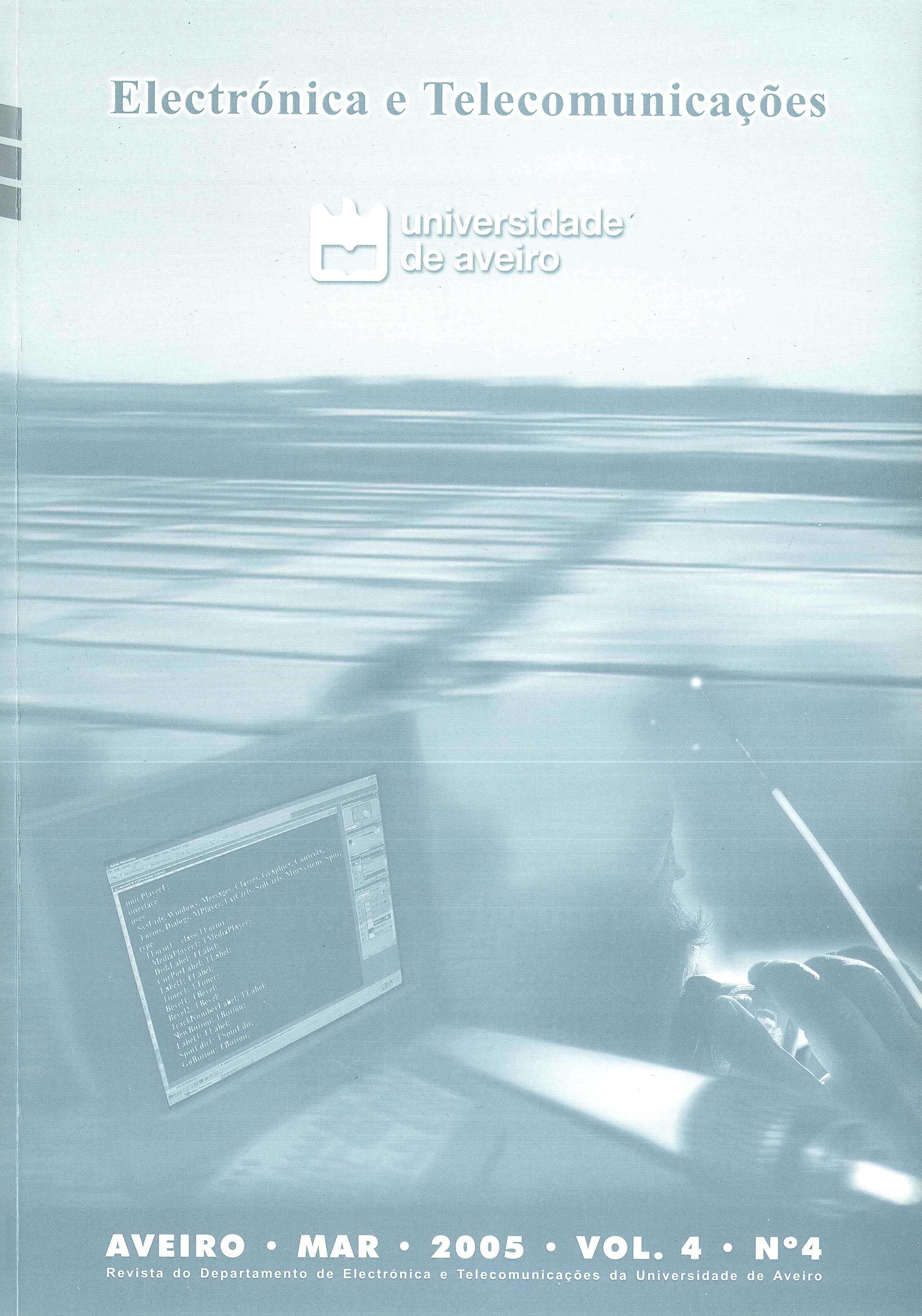Using high-level languages for hardware modeling and implementation
Resumo
Este artigo descreve a utilização de linguagens de alto nível na modelação e implementação de hardware. O objectivo deste artigo é apresentar uma metodologia que pode ser usada no projecto de novos modelos de sistemas. Primeiro iremos descrever as principais Fases no fluxo de projecto de hardware, nomeadamente: modelação, validação, síntese, implementação, prototipagem e teste. Também iremos apresentar uma breve descrição de algumas linguagem de alto nivel. Posteriormente, iremos propor uma metodologia usando algumas regras que permitem obter uma transição suave entre diferentes linguagens e niveis de abstracção, quando um sistema é modelado usando sequencialmente um subconjunto das linguagens C++, SystemC e VHDL nas diferentes fases do projecto. Será apresentado um case study do projecto de uma UART utilizando a metodologia proposta. Iremos expor as vantagens e desvantagens de cada linguagem. Esta metodologia permitiu obter uma passagem suave do modelo funcional até ao modelo RTL sintetizável, no entanto criou alguns problemas de inconsistência. A UART foi implementada para teste e propotipagem conjuntamente com um processador MIPS32.




